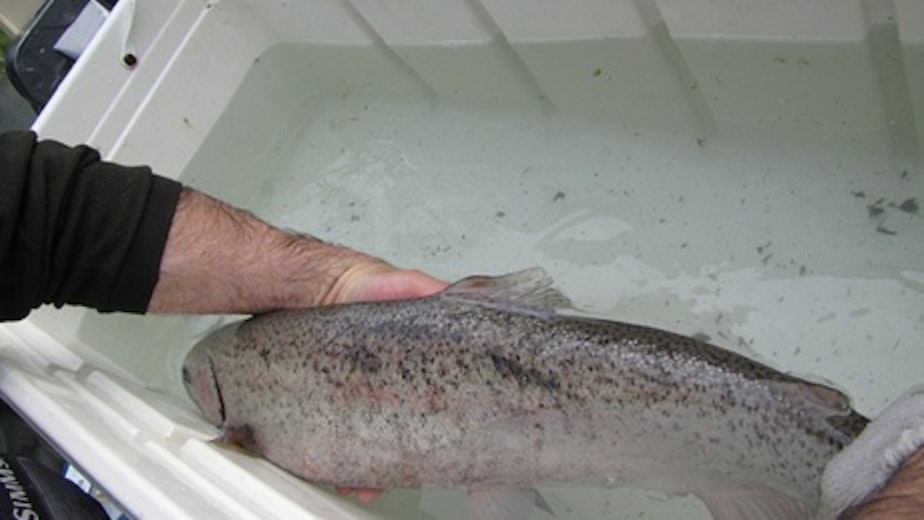Plan To End Hatchery Fish Release Would Give Wild Fish Refuge

Fish and wildlife departments in Oregon, Washington and Idaho release millions of hatchery-raised salmon and steelhead into the rivers of the Northwest every year.
But a growing body of research suggests that hatchery fish are semi-domesticated and weaker than wild fish. Hatchery fish have also been shown to interbreed with the wild fish and compete for food.The Washington Department of Fish and Wildlife is considering a new plan to stop releasing hatchery fish in sections of the Lewis, Toutle and Wind rivers, all tributaries on the lower Columbia River.
These hatchery-free sections would be known as “gene banks.” They would provide wild fish with a refuge from the influences of hatchery fish and would help the wild fish populations recover. Fishing would still be allowed, but only catch and release.
The move comes as three separate wild fish groups are suing state and federal agencies to better manage the use of hatchery fish in several rivers in Washington and Oregon.
The public has until December 13 to comment on the Department of Fish and Wildlife’s plan.
